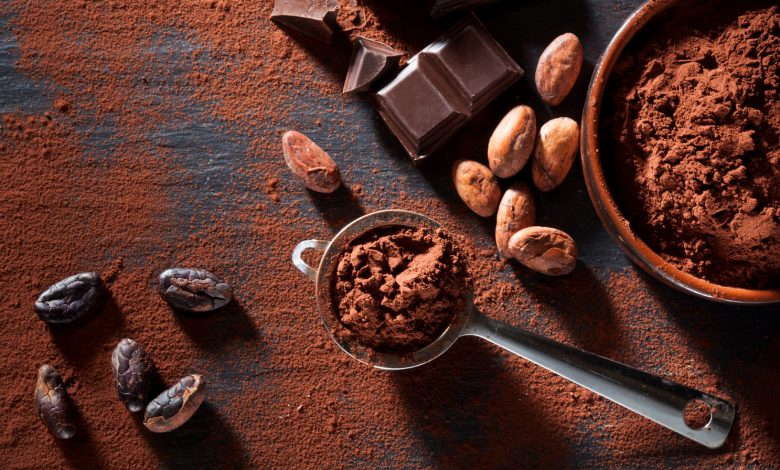The Chocolate Mystery: How Ecuador Discovered the Origin of the Cocoa Tree

By: Iman Abu-Altta
A recent study published by the journal Nature, and covered by other specialized scientific forums and international press, demonstrates that the first domestication of cocoa occurred at the Santa Ana La Florida site, Palanda, located in the Amazon region of Ecuador.
The document titled: “A revised history of cocoa domestication in pre-Columbian times, revealed by archaeogenomic approaches” (Scientific Reports volume 14, Article number: 2972. 2024, available at: https://www.nature.com/articles/s41598-024-53010-6?fbclid=IwAR3xJRwdqxlYs9y-fU-ESE55dUFc-mWYb54BCD_AY7eAYKixfzc5IdTQEpE), a scientific team composed of 16 institutions from 7 different countries, concluded that the origin area of cocoa use and domestication and its wild relatives date back to more than 5,500 years in the Upper Amazon, in Ecuador; that is, at least 1,500 years before its domestication in Central America. The team, coordinated by the International Cooperation Center for Agronomic Research and Development (CIRAD) in France, which includes archaeologists, anthropologists, geneticists, and biochemists, analyzed ancient DNA and biochemical compounds present in the food residues of 352 ceramic archaeological objects. “These objects belong to 19 pre-Columbian cultures dating from approximately 5,900 to 400 years ago in Ecuador, Colombia, Peru, Mexico, Belize, and Panama,” reveals Claire Lanaud, a molecular geneticist at CIRAD and the study’s lead author. Of the 19 studied, ceramics from the Valdivia culture (Ecuador) show what would be the earliest forms of cocoa use. Archaeologist Francisco Valdez, co-author of the study, “confirms that the origin of cocoa is Amazonian and its rapid dispersal towards the Pacific coast is demonstrated, where the Valdivia culture receives it and helps spread it to all cultures on the coast until the time of conquest and, naturally, along the coast and the western slope of the Andes to Colombia, Panama, and eventually to Mexico.” This finding complements previous work, particularly that of the French Institute of Research for Development (IRD) in Marseille in 2018, which asserts that it was in the southeast of present-day Ecuador – specifically in Santa Ana La Florida in Palanda – where the oldest traces of cocoa use are found, dating back 5,500 years. Internationally renowned news media, such as Le Monde and Deutsche Welle, have disseminated this information globally, acknowledging the Ecuadorian origin of cocoa. These articles note that “After their analysis, scientists discovered that the rapid expansion of cocoa through trade routes after its domestication occurred more than five millennia ago in Ecuador. Evidence shows the spread of cocoa along the northwest coast of South America and subsequently through Central America, until reaching Mexico 1,500 years later.”
The Peruvian newspaper La República also published an article entitled: “It was not in Mexico or Peru: discover the South American country where cocoa was born,” indicating that “For a long time, the origin of cocoa has been an enigma that has intrigued researchers. It was commonly thought that this ancestral plant had been domesticated in Mesoamerica. However, a new article published in the journal Scientific Reports has challenged this belief. The study reveals that the true birthplace of cocoa is in South America, specifically in Ecuador.”
The detailed scientific findings confirm that Ecuador is the origin of cocoa, and its government is implementing a policy to disseminate this particularity. This discovery significantly contributes to the historical and scientific understanding of agricultural development and plant domestication processes, which are decisive in the evolution of humanity in America and the world.”



